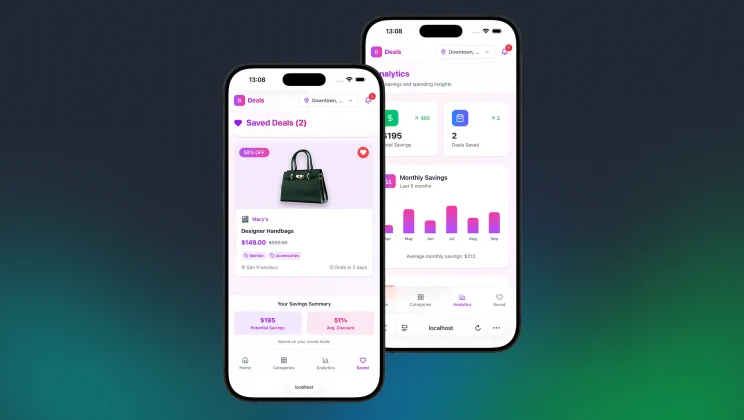Update (as of 2025):
While RadJS, developed by MobiDev, was a breakthrough in cross-platform development at the time, it was originally released in 2013 and is no longer actively maintained or relevant for modern use cases. Today’s development landscape is dominated by more advanced technologies like React Native, Flutter, and Capacitor, which offer greater performance, flexibility, and community support. This article is preserved as a historical overview of the original architecture and ideas behind RadJS.
Atlanta, GA, September 27, 2013 –(PR.com)–
MobiDev is happy to announce the release of our brand new software framework!
We support the projects and initiatives of our employees. The most recent and significant project among these is a software framework for cross-platform development. It is a result of collective work and it’s named RAD.js. How and why is it useful for software developers and business owners?
For businesses, it’s crucial to look for new clients and reach the existing ones across several platforms (at least two: iOS and Android). But the most fully-featured applications used to be created by native development only, which always means a separate project for each chosen mobile platform. With the help of such tools as RAD.js, cross-platform comes closer to equal with native development in capabilities and performance. It also takes less time: there is only one project with adjustments to the chosen platforms (which anyway requires much less time and budget than two or more projects).
RAD.js is a system-level software framework which helps build a single-page cross-platform application that looks and feels as a conventional multi-page one. Now cross-platform software of high quality can be created faster and easier than before. This framework was created by JS/HTML team of MobiDev, under the guidance of the leading PhoneGap specialist Iurii Luchaninov.
RAD.js is not an application-level framework. Any JavaScript object can serve as an application. The framework doesn’t require any special environments for creating an object of the application. RAD.js is neither a layout engine nor an MV* framework or a UI framework. There is no reason in creating another UI framework, because in real projects UI patterns and appearance of applications change. RAD.js is a system-level framework which, among other features, takes over system-level tasks, such as message bus, creating and deleting certain part instances of the application, transactions between views, and more.
The framework was available for free download on a dedicated website.
Its features and advantages include:
- optimization for iOS, Android, Windows Phone 8;
- optimization for PhoneGap and mobile browsers (Chrome, Firefox, Opera, Safari, IE 10);
- ability to dynamically control (create and delete) module instances of the application through the functionality of the core, at both view level and application level;
- ability to build an application consisting of loosely bound modules: models, views, services (application part without visual representation), and the object of the application;
- tree-structured messaging;
- debug mode of the core and messages;
- flexible and loosely bound architecture – almost any extraneous code can be enveloped by the module with several lines of code. Failure of a module doesn’t cause failure of the whole application;
- ability to monitor the lifecycle of view and services. Callback methods for all lifecycle events;
- templating. A template is an HTML file that can be created separately;
- partial templating of view. Ability to determine parts of the view template, that will or will not be rerendered by changes of data within a model;
- any JavaScript object can serve as the object of the application;
- ability to extend functionality of the core via plugins;
- complex embedded views and declarative transition animations between them;
- ability to inherit views, services and models;
- modal and non-modal self-positioning windows;
- dynamic routing;
- reuse of modules in other projects;
- module testing can be performed through external frameworks.





